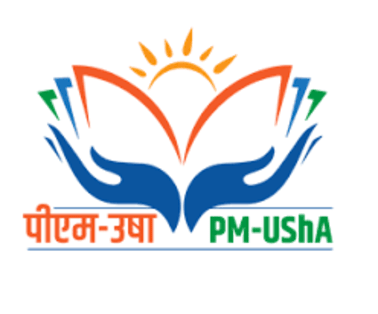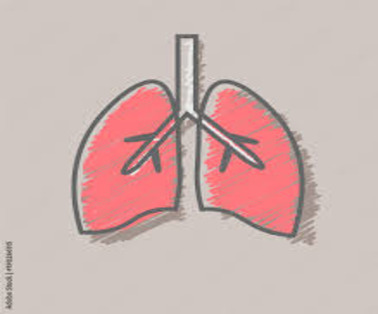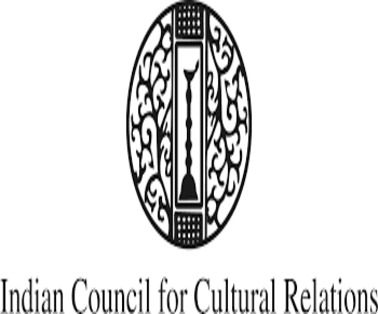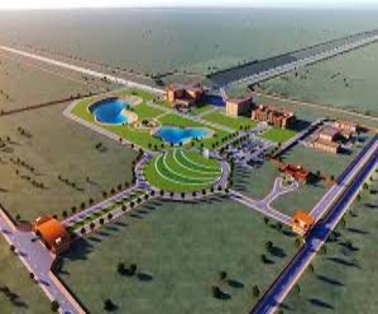Pradhan Mantri Uchchatar Shiksha Abhiyan was initially launched as Rashtriya Uchchatar Shiksha Abhiyan (RUSA) in 2013, the scheme aimed to enhance access, equity, and excellence in higher education. In 2023, it was revamped in alignment with the National Education Policy (NEP), becoming PM-USHA. The scheme targets over 300 Higher Education Institutions (HEIs), including state universities and their affiliated colleges.
Objectives of PM-USHA
- To improve the overall quality of existing state higher educational institutions by ensuring their conformity to prescribed norms and standards and adoption of accreditation as a quality assurance framework.
- Ensure governance, academic, and examination reforms in the State higher educational institutions and establish backward and forward linkages with school education on one hand and employment market, on the other hand, to facilitate self-reliance and thus creating an Atma-Nirbhar Bharat
- Create an enabling atmosphere in the higher educational institutions to devote themselves to research and innovations.
Broad Activities under PM-USHA
The broad activities of the TSG-PM-USHA include but not limited to
- Providing technical support to the National Implementing Bodies for appraising State Higher Education Plans (SHEP),
- Liaising with states to fill gaps in the SHEPs as necessary,
- Providing the strategic support to conduct Research and Evaluation of the PM-USHA Scheme,
- Building capacities of all the stakeholders for the successful implementation of the PM-USHA Scheme,
- Coordination/ monitoring of activities, organizing meetings, seminars, workshops, studies, visits, managing media outreach activities and any other capacity building programs for effective implementation of the PM-USHA Scheme,
- Logistic support as may be required in connection with implementation of the PM-USHA Scheme,
- Providing other support as may be required from time to time, to the national implementing bodies for implementing PM-USHA and
- Any other issues that needs to be addressed as per the needs and objectives of the scheme.
Features and Benefits of PM-USHA
- MERU (Multidisciplinary Education and Research University) Transformation: Rs 100 crore support to each of 35 state universities for multi-disciplinary education and research.
- Establishment of new Model Degree Colleges
- Grants for Strengthening Universities
- Targeting remote, Left-Wing Extremism (LWE) affected, aspirational, and low Gross Enrollment Ration regions
- Aid to state government for gender inclusion, equity, and ICT-based employability skills
Pradhan Mantri Uchchatar Shiksha Abhiyan Implementation
- 14 States and Union Territories are yet to sign a MoU with the Ministry of Education, mandating the implementation of the National Education Policy (NEP) to avail funds under the Pradhan Mantri Uchchatar Shiksha Abhiyan (PM-USHA).
- States are required to sign a MoU with the Centre.
- The MoU mandates the implementation of the National Education Policy in order to avail funds for the next 3 years, under the Centre’s flagship scheme for State-run higher education.
- Kerala, Tamil Nadu and West Bengal are among 14 States and Union Territories
- PM-USHA is the new name for the Ministry’s scheme to improve the quality of higher education in State Universities
- Through curricular and programme changes, teacher training, physical and digital infrastructure, accreditation, and enhancing employability — while ensuring equity, access, and inclusion.
- It provides an outlay of ₹12,926.10 crore between 2023-24 and 2025-26.
- The MoU is being signed to show the willingness of States and UTs to participate in the PM-USHA scheme and it will help in the better implementation of the scheme
The Role of the MoU
- The MoU makes it mandatory for States to undertake the administrative, academic, accreditation, and governance reforms detailed in the NEP.
- These include an academic credit bank, entry and exit flexibility, and the Samarth e-governance platform.
- States and UTs have also been given the flexibility to identify their focus districts on the basis of various indicators, such as low gross enrolment ratio, gender parity, population proportion of Scheduled Castes and Tribes.
- These districts will be prioritised under the scheme to address the diverse needs of each State or UT
Challenges Of Pradhan Mantri Uchchatar Shiksha Abhiyan
- PM-USHA scheme has 60:40 funding split between Centre and States, with no extra money for NEP reforms
- Which means Nearly 40% of the PM USHA budget must be borne by the States themselves
- To implement the NEP, States need more funds and aid from the Centre. This MoU does not say anything about finding funds for changes envisaged under the NEP
- The MoU contains clauses regarding proper planning, implementation and monitoring of the scheme. Commitment on planning and drafting the proposals by the State by aligning it with NEP will lead to integration between NEP and PM-USHA
To Download Monthly Current Affairs PDF Click here
Get Inspiration from CLAT 2025 Topper
Click here to get a free demo
Everything About CLAT 2025



